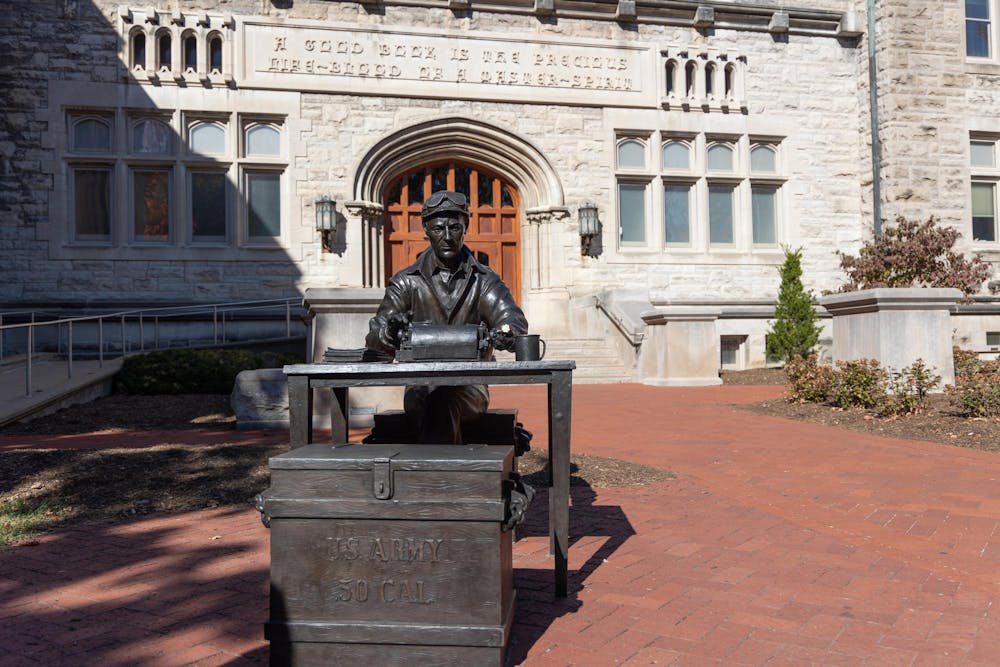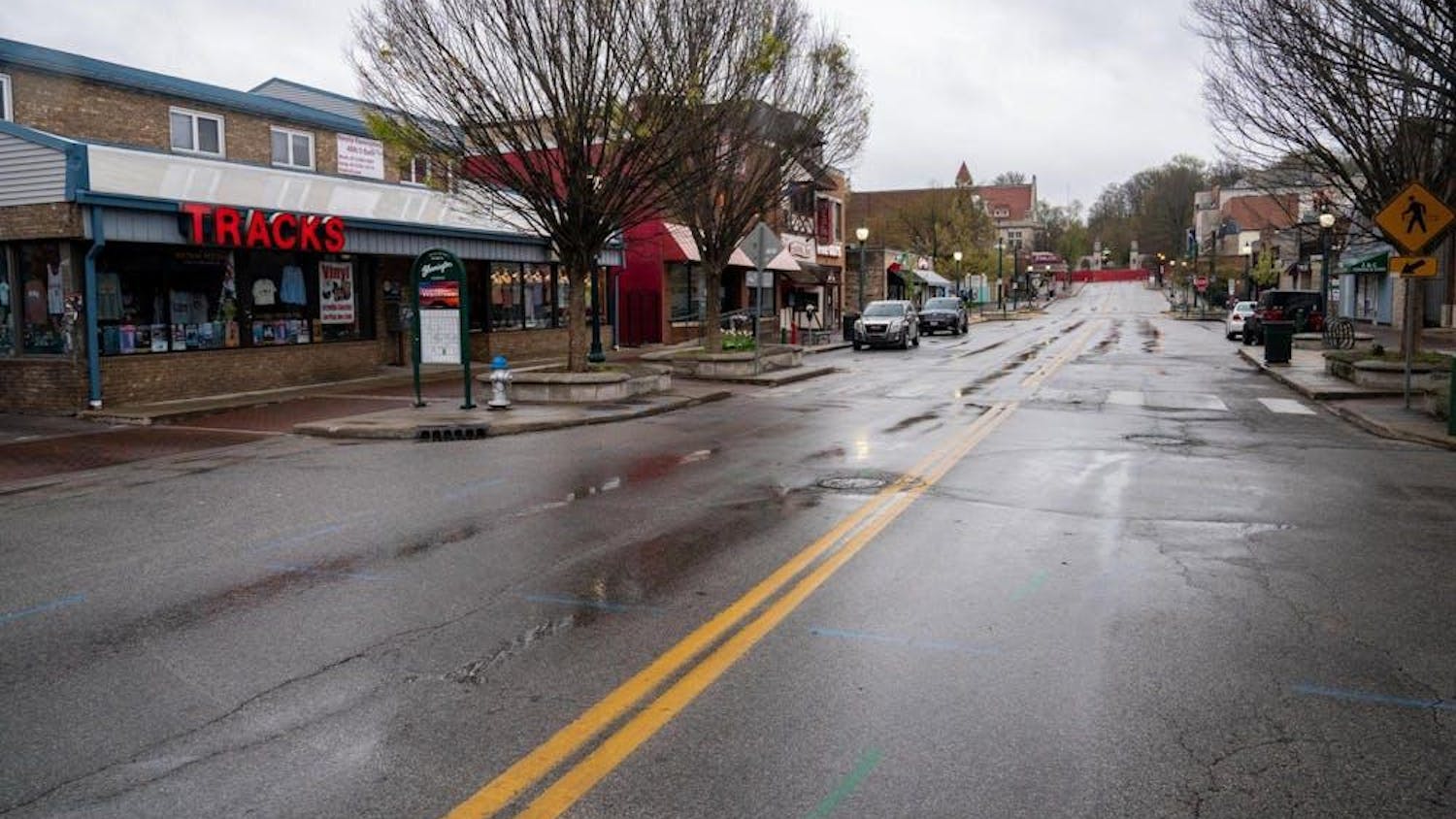Editor’s note: This letter is a response to a Letter to the Editor written by Media School Dean David Tolchinsky published Oct. 21. You can read that letter here.
As student journalists, we are no stranger to the idea of vanishing newsrooms.
New technologies and apps have changed the way businesses advertise. People consume the news in a variety of mediums. These economic pressures are real, but they are not the only way a newspaper dies.
Take Northwestern’s 2023 report, which Media School Dean David Tolchinsky cites in his Letter to the Editor on Oct. 21. Corporate consolidation of local news has been a major driver of these “vanishing newsrooms” according to the report, with Gannett eliminating 97 newspapers across the country between 2022 and 2023. Another report confirms the trend — Gannett sloughed off another 126 local papers between 2020 and 2022.
In other words, these newspapers aren’t “vanishing” — they’re being killed. The weapons these corporations use will sound familiar — reduced staff, reduced print and such a focus on generating clicks that they lose the trust of the community they originally promised to serve.
This was the driving point of the April committee report from students, faculty, staff and alumni, which argues in its first paragraph the university must commit to supporting student media to help fulfill the IU 2030 plan’s focus on “experiential and career-related” education.
“For many years, the economic realities of IU’s nationally-recognized student newsrooms have been characterized as issues of profit and deficit,” the report’s second paragraph reads. “This is misguided framing.”
The IDS’ history of excellence continues to attract numerous students into The Media School, yet IU is measuring success based on whether the IDS brings in a profit. The Media School is prioritizing financial gains at the expense of the quality of our craft.
Still, The Media School finds itself promoting that same craft that has won countless Associated Collegiate Press and Society of Professional Journalists awards.
The dean does not lie when it says it incorporated many of the ideas in the April report. But each idea was contingent on university support.
In 2005, the IDS had nearly $1 million in reserves. But its expenses at the time — $2 million — were more than double what they are now at around $900,000. Over the past few decades, the IDS has evolved to keep up with new technologies, creating podcasts, videos and a strong social media presence. Despite that, these new platforms are still a financial blow — we cannot currently make as much from Instagram ads as we made in print in 2005.
Each financial dip became a reason to cut our expenses. When professional staff members left or retired, The Media School prohibited us from replacing them. Remaining staff members took on more work. With diminished staff came a reduced ability to seek out new advertisements, so our revenue decreased. We found ourselves in a spiral of falling revenue, which initiated cut after cut, which further reduced our revenue.
The Media School’s plan is just more of the same.
Media School leaders claim their decision to cut rather than invest will teach us the economic realities of the industry we’re entering. We expect to face a similarly flawed thinking if we end up working for a corporation, but we had hoped that Indiana University, as a public college funded by our tuition dollars and Hoosier taxpayers, would want to be a pioneer in changing this tired approach rather than repeating what has already failed.
By refusing to charge mandatory fees for student media, which provides free multi-platform news for the campus and wider community, IU is indicating it believes student media is not worth even a dollar per student per year. Yet, it requires each IU student to pay over $80 a semester to fund the Student Recreational Sports Center, which many of IU's 48,000 students do not use on a daily basis.
Beyond just providing the news, the IDS provides students across campus with jobs including marketing, design, photography and web development. IDS educates future professionals and gives voice to student organizations and leaders who will learn valuable skills regarding dealing with the press.
It’s hard to feel like Media School leaders value what we do when they believe “subsidizing a business model on campus,” in their own words, would not adequately prepare us for a future career in journalism.
Unfortunately, cutting the weekly print edition ensures we are not adequately prepared for jobs with some of the largest newspaper employers that do have a print edition, like Gannett, the New York Times, the Washington Post or the Wall Street Journal — all places that have IDS alumni working there today.
If IU and the Media School do not want to invest in student media like they do in the SRSC, a new $43 million property in D.C., the Kinetic Imagery and Extended Reality Lab or even their $104,929 contract with Mapt Solutions to develop a strategic plan, that’s their decision to make.
But they cannot in the same breath pretend they are prioritizing journalism.






